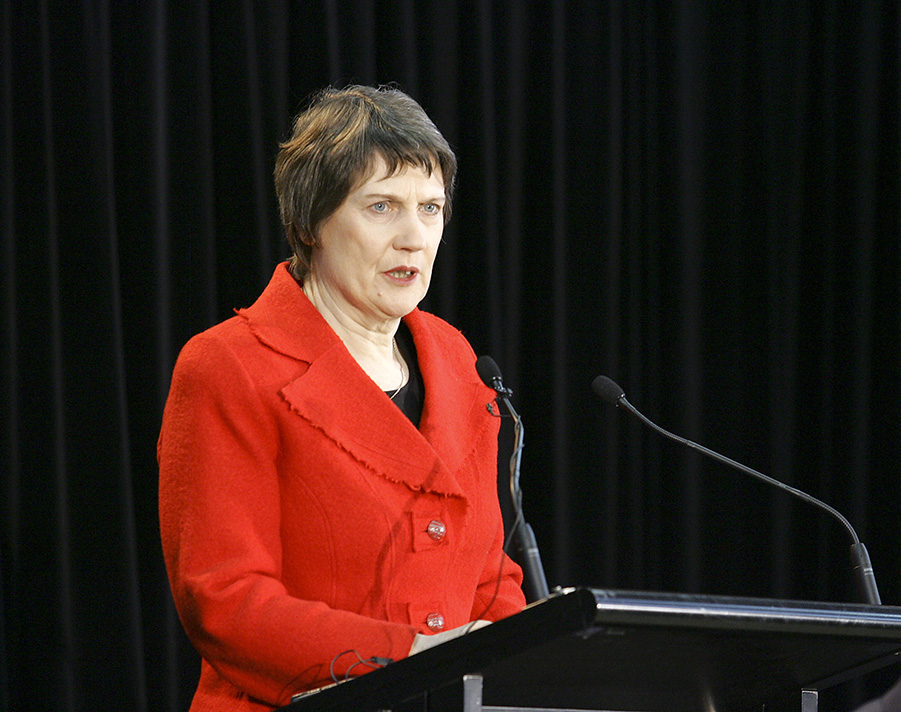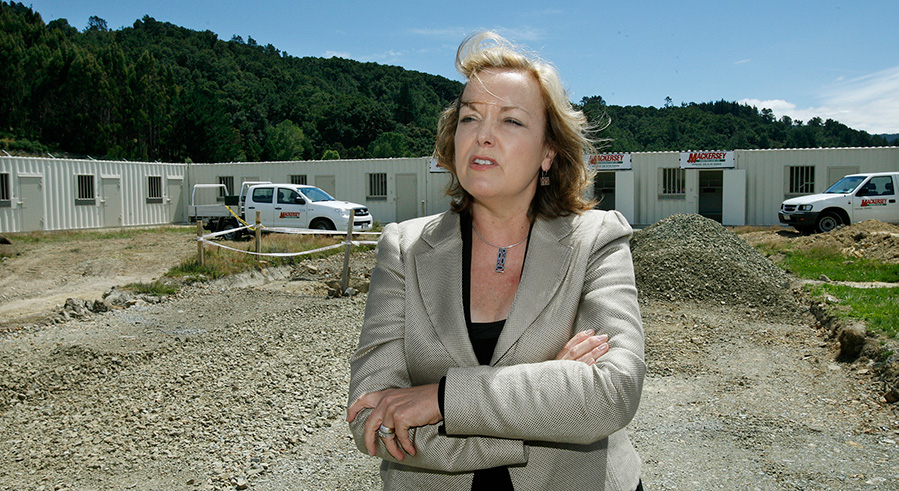New Zealand’s prison population has tripled in the last 30 years
There has been a particular surge in the last three years.
Yet the rate of serious crime has actually been falling.
Violent, sexual and serious drug offences are the crimes most likely to land people in prison.
Convictions for these crimes have been falling for the past eight years.
The mismatch can be explained by a series of policy choices.
The 2002 Parole Act removed automatic parole for long-term prisoners and extended non-parole periods for the worst offenders from 10 to 17 years.
As a result courts are handing down longer prison sentences.
In 2004, then-Justice Minister Phil Goff said changes to sentencing, parole and bail laws would push the prison population up by 20 per cent to 7400 in 2010.
When 2010 rolled around, the prison population was 8500.

In 2007, then-PM Helen Clark opened the 1600-bed Spring Hill prison - one of four new prisons built by the Clark Government.
She noted the crime rate was at its lowest in over 20 years.

In 2008 a new Government came to power, but there was no let up in the ‘tough on crime’ agenda.

In June 2009, then-Corrections Minister Judith Collins announced ‘double bunking’ of inmates at five prisons.
The next year came a cell block made out of containers.

Sentencing and parole laws were stiffened again in 2010. Parole was removed for the worst offenders and a ‘three strikes’ policy introduced that would see more prisoners serving their maximum sentence.
And after bail laws were again changed in 2013, the number of prisoners awaiting trial or sentencing almost doubled.